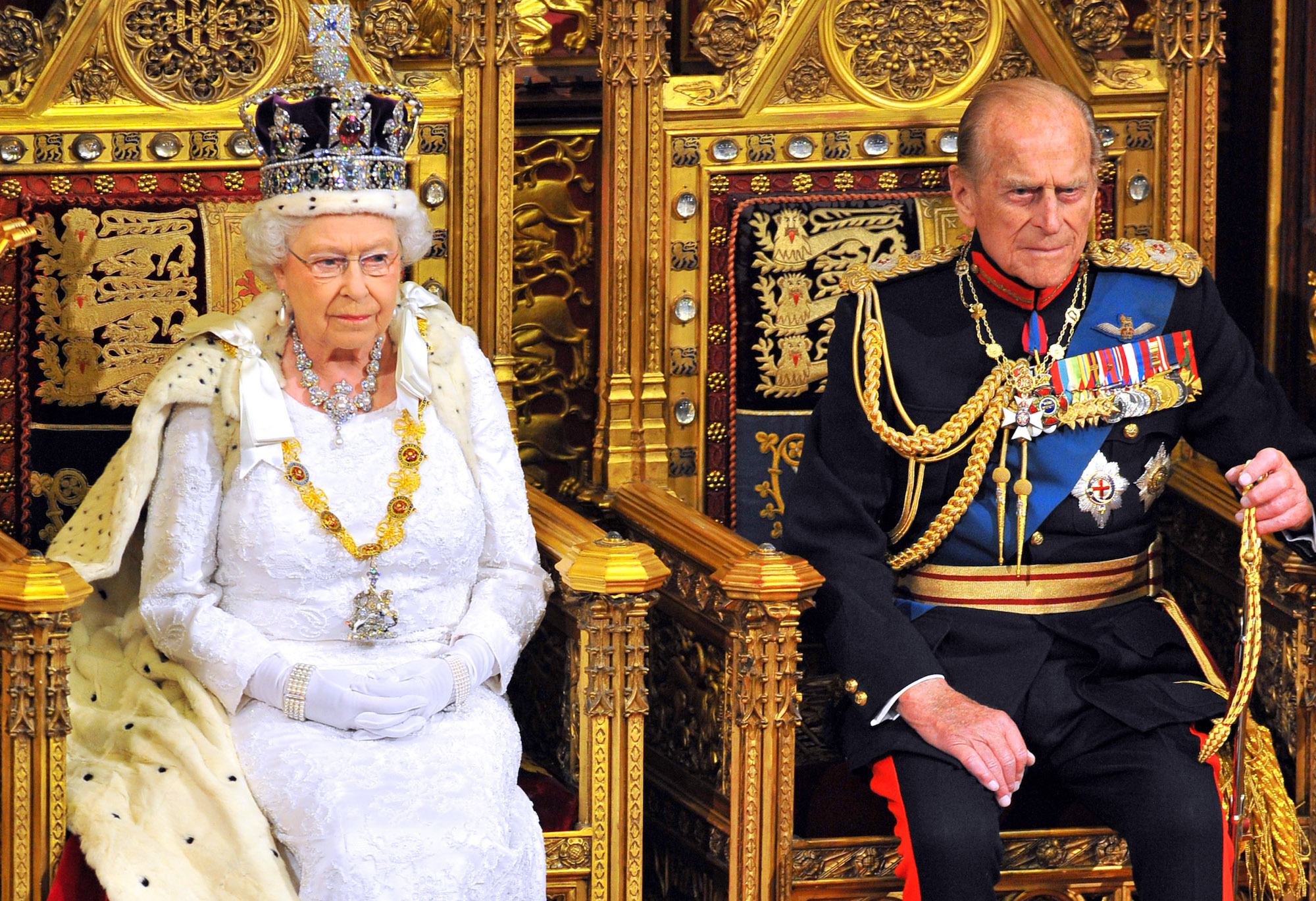- Queen Elizabeth II and Prince Philip celebrated their 71st wedding anniversary on Tuesday.
- The couple are actually cousins.
- They share the same bloodline and are both directly related to Queen Victoria.
Throughout their 71 years of marriage, Queen Elizabeth II and Prince Philip have shared priceless memories and moments together – but they share a lot more than that.
The royals are cousins. They share the same bloodline and are both directly related to Queen Victoria.
Back in 2017, travel website Expedia developed an online tool that shows how the Scandinavian and British royal families have been linked through marriage throughout the years. It also shows just how closely linked the British royal family is.
Elizabeth is a direct descendant on her father’s side. In February 1837, Victoria was crowned queen of the United Kingdom of Great Britain and Ireland. She married Prince Albert of Saxe-Coburg and Gotha in 1840, and together they had nine children – four sons and five daughters.
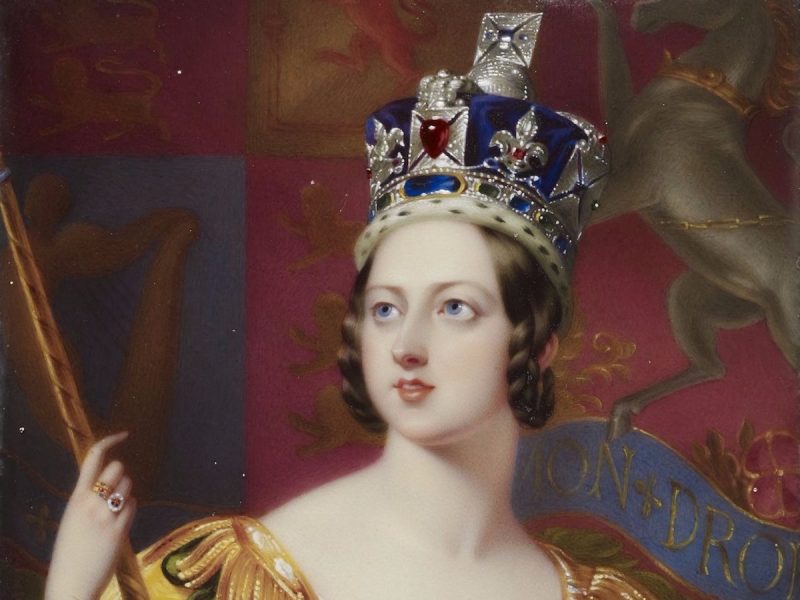
Her eldest son, Edward, was born in 1841, and ascended the throne in 1901 following Victoria's death. His second-eldest son George ' who is Queen Elizabeth's grandfather - succeeded him in May 1910.
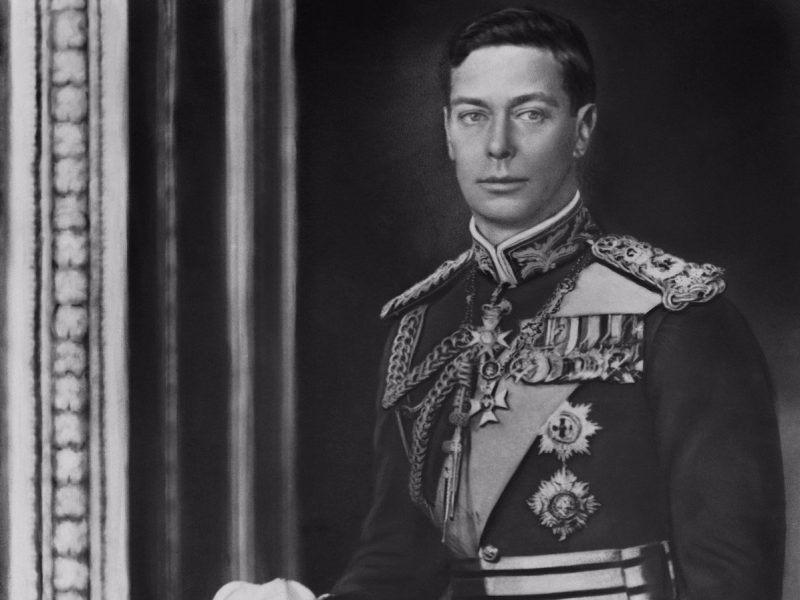
His reign lasted until his death 1936, when his son George VI became king.
Elizabeth then ascended the throne on February 6 1952 following the death of her father. In October 2016, she became Britain's longest-reigning monarch.
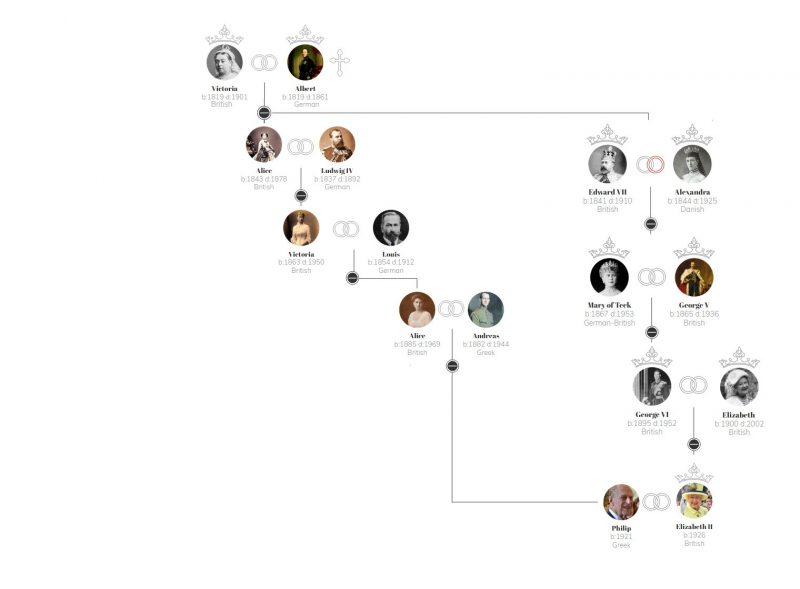
While Victoria is Elizabeth's paternal great-great-grandmother, Philip is related to the monarch on his mother's side.
Victoria's second daughter, Princess Alice, was born in 1843. In 1862, she married Ludwig IV - the Grand Duke of Hesse, and had seven children. In 1863, Alive gave birth to her first child, Victoria, who went on to marry her father's first cousin, Prince Louis of Battenburg, in 1884.
One year later, the pair had their first child, Princess Alice of Battenburg - Prince Philip's mother. Alice was still closely linked to the British royal family, and was even born at Windsor Castle in Berkshire in Queen Victoria's presence.
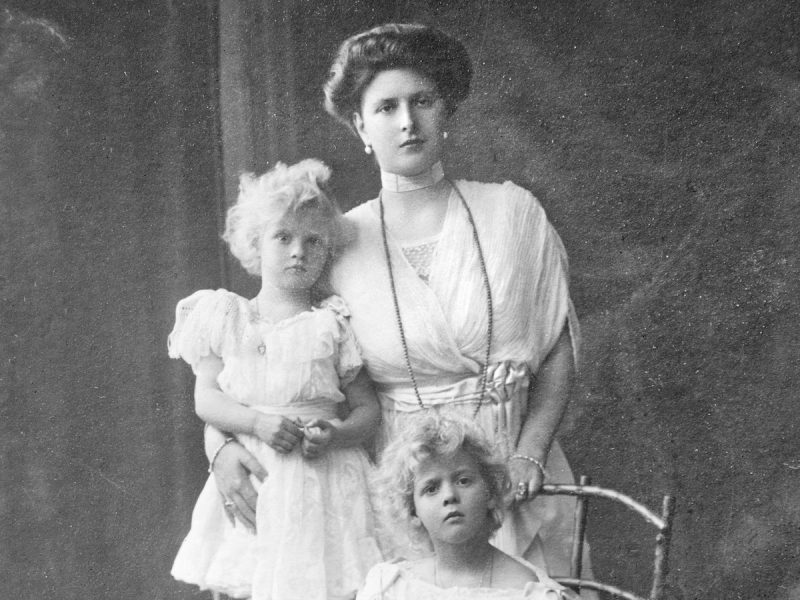
She married Prince Andrew of Greece and Denmark in 1903, after meeting him at King Edward VII's coronation in London the previous year. Together they had five children, with Prince Philip being the youngest, born in 1921. This makes Philip and Elizabeth third cousins.
Though marrying relatives is far less common today, Expedia told Business Insider it was a requirement for most royal families for centuries.
"In many countries, you would lose your right to the throne if you married a commoner," said Sandra Pearson at Expedia, "hence your choice was very limited and you most probably would be related."
The full infographic shows just how close European royal families have been for generations.
Some, Pearson added, even "inherited" their brides. For example Mary of Teck, Queen Elizabeth's grandmother, was originally engaged to Prince Albert - George V's older brother and the next-in-line to the throne.
But Albert died shortly before their planned wedding in 1892, so George - who became the heir-apparent - inherited the engagement and married her instead.
However in recent years, the requirements for marriage have relaxed, and many royals all over the world have married commoners and widened the gene pool.
Edith Hancock contributed to an earlier version of this article.
